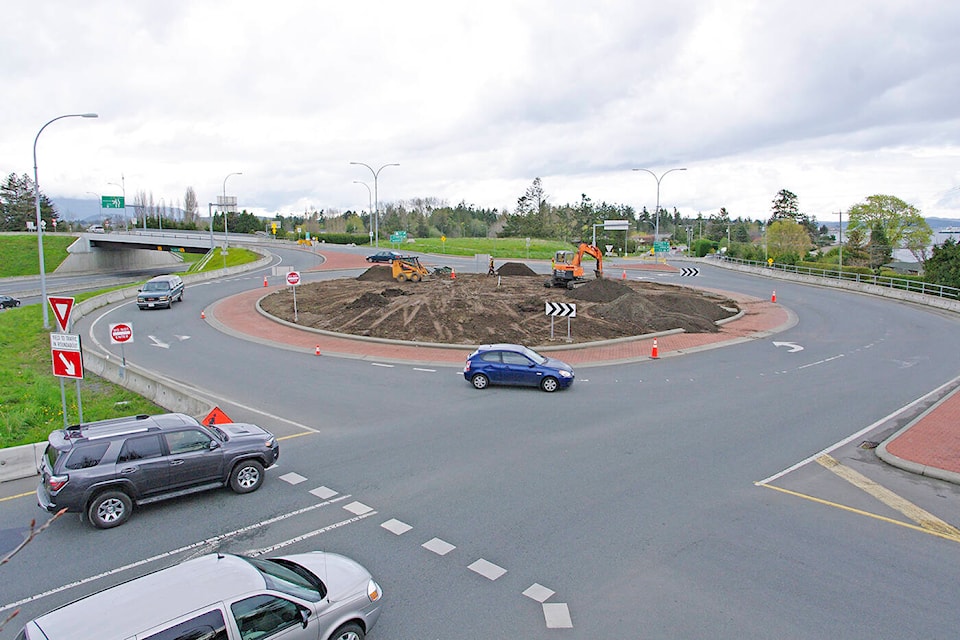Drivers not yielding on roundabouts is the biggest concern for road users when pulling up to a traffic circle, according to a new ICBC survey.
The survey also noted a need for more confidence for drivers when approaching a multi-lane roundabout and being unsure which lane to use.
According to ICBC, when approaching a multi-lane roundabout, drivers who want to turn right need to keep in the right lane, people turning left can use the left lane, and drivers going straight ahead can use either lane.
Drivers at a roundabout need to yield or ‘give way’ to any traffic already on it and may not change lanes on a multi-lane.
The survey found 57 per cent of drivers feel confident in single-lane roundabouts, while only 29 per cent are as secure in multi-lane roundabouts. Female drivers tend to be less confident than male drivers, especially when there is a presence of pedestrians or cyclists. And not yielding to a vehicle with the right of way caused the most frustration for drivers.
Roundabouts are the first choice for an intersection following a change in the design of a road, before moving to a four-way stop or signalized intersection. ICBC has invested more than $5 million since 2000 towards the creation of 90 new roundabouts, which have been found to reduce injury crashes by 75 per cent.
Shabnem Afzal, ICBC’s director of road safety, said that roundabouts are common in Europe and Commonwealth countries but only arrived in Canada in 2000.
“Road design is critical to keeping everyone on our roads safe,” said Afzal, “Roundabouts are proven to be highly effective in reducing crashes.”



